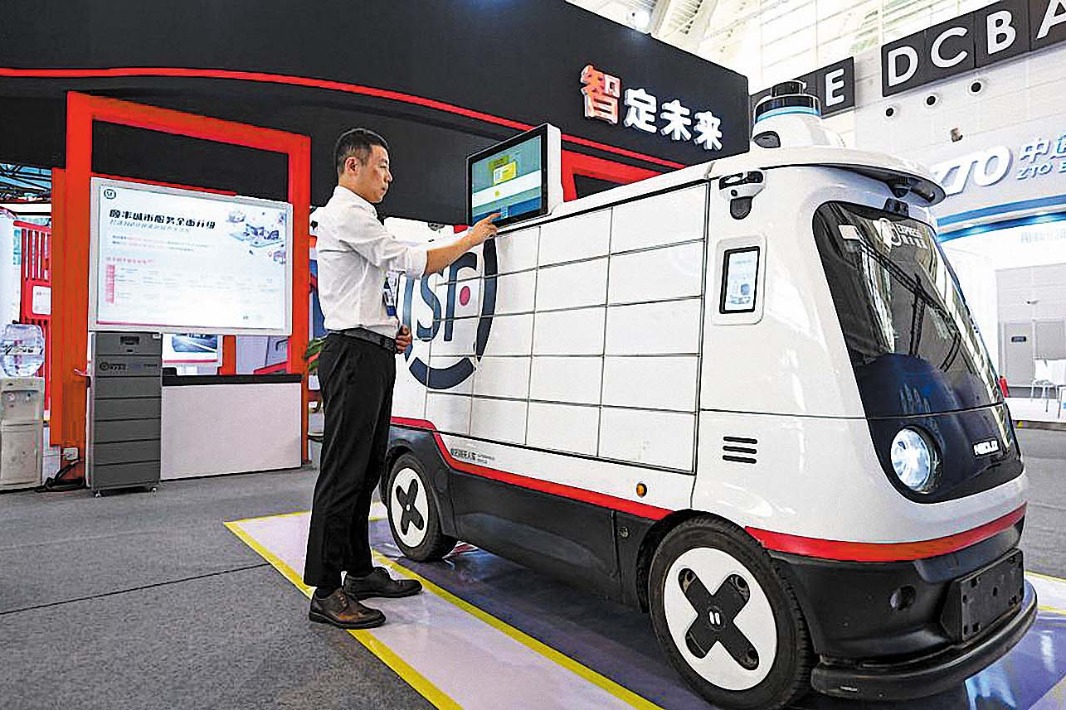Highlights of China's fiscal, taxation development in past decade


BEIJING -- During the past decade, China has made continuous efforts to foster fiscal and taxation development, rolling out measures ranging from lowering enterprises' tax burdens, and deepening reforms of fiscal and tax systems to keep economic performance within an appropriate range and enhance high quality development.
The following data illustrates China's fiscal and taxation development over the past 10 years and the vital role fiscal and taxation policies play in boosting market vitality and facilitating high-quality development.
Growing fiscal strength
China's fiscal revenue expanded from 11.73 trillion yuan (about $1.74 trillion) in 2012 to 20.25 trillion yuan in 2021, with an annual average growth rate of 6.9 percent, Vice Minister of Finance Xu Hongcai said.
Over the past 10 years, the country's fiscal expenditure grew at an annual growth rate of 8.5 percent from 12.6 trillion yuan in 2012 to 24.63 trillion yuan last year, offering solid support for China's economic and social progress, Xu added.
To expand effective investment, China issued a total of 12.2 trillion yuan of new special-purpose local government bonds from 2015 to 2021.
Targeted and effective fiscal spending has been made in the last 10 years, channeling funds for science and technology advancement, basic livelihood improvement, poverty alleviation and pollution control, among other areas, Xu noted.
Tax, fee cuts
China's newly added tax and fee cuts reached 8.8 trillion yuan in the past 10 years, and the macro tax burden rate had been lowered from 18.7 percent in 2012 to 15.1 percent in 2021, said Wang Daoshu, deputy head of the State Taxation Administration.
Wang added that policies including tax and fee reduction have stimulated the enthusiasm for innovation and starting new businesses in China, as a total of 93.15 million new market entities handling tax-related business were registered in the past decade.
Multiple tax system reforms have been launched during the period to lower the financial burdens of enterprises and individuals, including measures such as deepening value-added tax (VAT) reform, granting preferential tax policies for research and development (R&D) and raising the threshold of personal income tax.
This year, China carried out new combined supporting policies through tax and fee cuts. Tax refunds and cuts are expected to reach around 2.5 trillion yuan in 2022, including 1.5 trillion yuan of VAT credit refunds.
Supporting high-quality development
China's taxation service has been steered to serve the high-quality development of the economy and society, Wang noted.
Data showed that 53,000 high-tech firms benefited from a lower income tax rate in 2020, up 82.8 percent from 2013, which resulted in 259.6 billion yuan in tax reduction.
In the wake of pro-technology policies such as the preferential tax rate, Wang said, companies have been invigorated to invest more into innovation. Enterprises' R&D expenditure to revenue ratio has soared to 2.44 percent in 2021 from 2.08 percent in 2013.
With efforts to balance regional development, China's central and western regions logged an annual tax revenue growth of 6.8 percent and 5.8 percent, respectively, 1.2 percentage points and 0.2 percentage points higher than that of the eastern areas from 2016 to 2021.
Toward open economy
Over the past decade, China has forged deeper international financial and economic cooperation, Xu said.
"The country has slashed its overall tariff level from 9.8 percent in 2010 to 7.4 percent in 2021," he said.
China's tax treaty network has covered 112 countries and regions, Wang noted. It also initiated the Belt and Road Initiative Tax Administration Cooperation Mechanism, a non-profit official mechanism for tax administration cooperation amongst the jurisdictions that subscribe to the Belt and Road Initiative, aiming to contribute to creating a growth-friendly tax environment through cooperation and sharing of best practices.
The cooperation mechanism had been listed as one of the most influential organizations by the International Tax Review during the 2021-2022 period, Wang said.




































